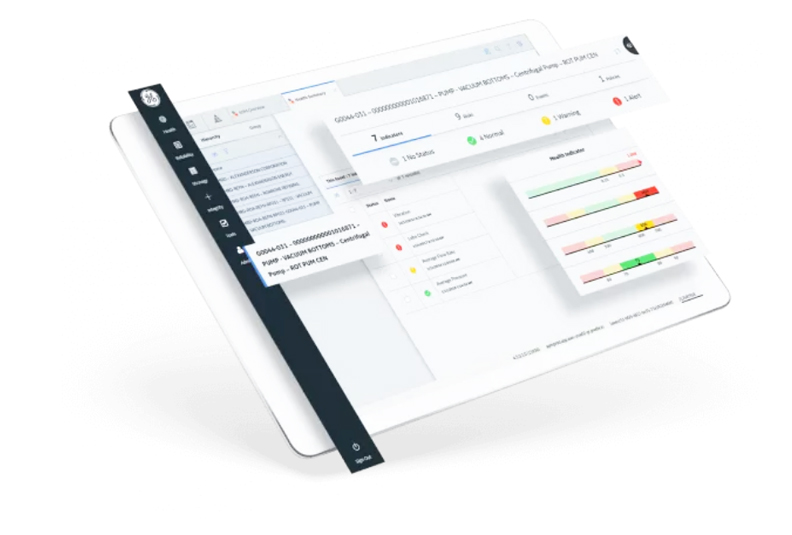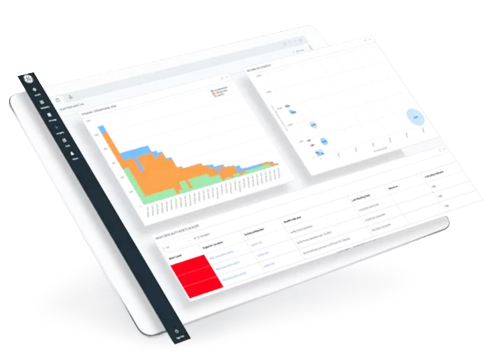

APM Strategy, part of GE Digital's Asset Performance Management, provides a common methodology to develop and manage asset strategies by using a risk-based approach to conduct analysis of individual assets, a group of assets, or an asset system.
Path to reliable operations in a volatile market: Finding hidden value in your production asset data
Everything You Need to Know about Asset Performance Management
5 Steps to Implementing Intelligent Asset Strategies
Identify potential failures of individual assets and entire systems, thus reducing unplanned downtime.
Perform optimal maintenance, inspection, or redesign activities, while most effectively balancing risk and costs.
Implement strategies based on failure modes and effects analysis (FMEA), predictive analytics, health indicators, policies, and reliability analyses.
Create strategies in various work management and control systems for complete integration and improved productivity.

Avoid unnecessary maintenance and inspection efforts by better understanding the criticality (environmental, financial, operational, and safety perspective) of assets across an organization. A risk assessment, using a risk matrix, defines the criticality for each system and related asset with respect to risk consequence categories. Criticality is a key driver for developing risk-focused strategies that ensure the right work gets done, at the right time and at the right cost.

With attention now focused on the most critical assets, industrial organizations can then identify ways those assets or systems can fail and document the appropriate mitigating activities. This can be done through RCM, which facilitates the development of strategies that will reduce the effects of functional failures from a system perspective. By focusing on keeping systems running up to performance standards, the result can often be higher impact on production goals than solely focusing on mechanical failures of individual assets.

FMEA provides a streamlined, asset-based alternative to the more comprehensive RCM approach. Analysts can identify failures and effects for each piece of equipment and then recommend actions to mitigate those failures. For both RCM and FMEA, the value for asset-intensive organizations is identifying potential asset-related risk and assigning the appropriate mitigating action.

Strategy manager provides a common methodology to define actions and their mitigated risks for any asset, providing the ability to evaluate existing plans with basic qualitative risk analysis that is both straightforward and easy to use. Strategy manager enables companies to create strategies by automatically linking failure modes and corresponding actions from RCM or FMEA analysis.

One you have asset strategies in place to ensure all equipment is running optimally at the lowest sustainable cost, organizations can utilize LCA to optimize the costs around an asset through its life. LCA does this by capturing all relevant cost data associated with individual assets, groups of assets, or entire fleets. By making informed decisions on when to repair or when to replace, the performance of an asset can be optimized over the long term, therefore reducing costs for entire sites and fleets over a defined period.
5-10 %
Inventory cost reduction2-6 %
Increased availability10-40 %
Reduction in reactive maintenance